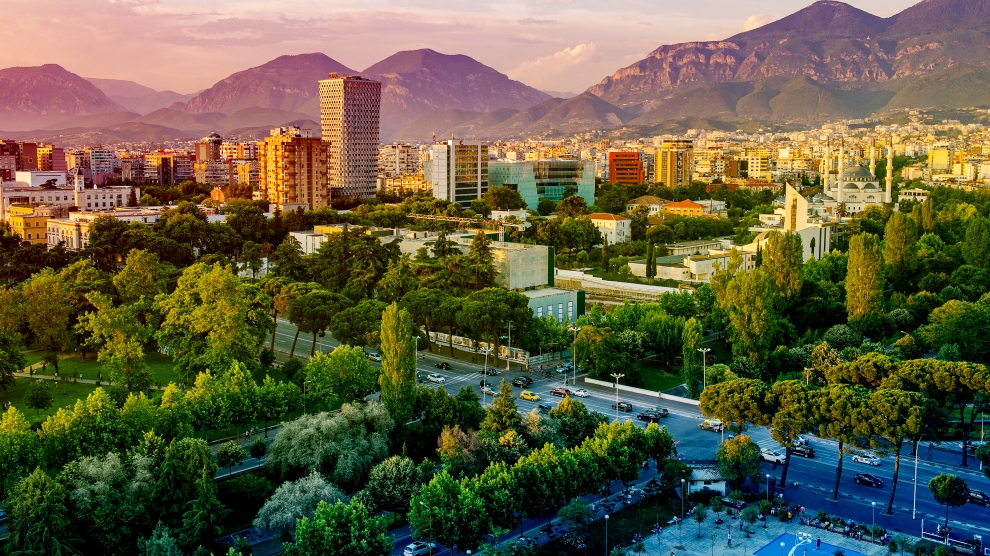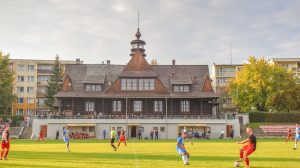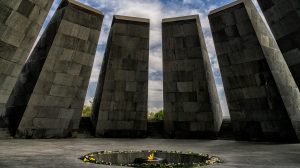How old is Tirana? One hundred, four hundred, or thousands of years old?
This year the city celebrated a century as the capital of Albania, but today’s Tirana is not only the capital of one country; it’s the metropolis of the Albanian-sphere in the Balkans, which also includes Kosovo, the second Albanian state in Europe; it’s the magnetic pole for the significant Albanian diaspora.
Even before the city was designated as capital in 1920, it was a well-developed urban centre, hence it is not a coincidence that it was chosen to be the city that represents the Albanian nation. Tirana is by now well regarded by most all tourist guides as one of the most beautiful and prominent cities in southeast Europe and beyond. Wizz Air’s recent announcement that it is to open a new base in the city later this month is testament to its emergence as a tourist destination.
But how old is Tirana?
In an extremely conventional manner, Tirana is considered to be just 406 years old, at least as an urban centre. However, the late Dr Moikom Zeqo, my father, an Albanian writer and former politician who for a decade served as the director of the National History Museum the city, has called this thesis a ‘scientific absurdity’.
“Apparently, Tirana was founded by Sulejman bey Mulleti after a dream a shepherd had – the text of the dream is not preserved – and he predicted that the Sultan’s decree for the establishment of the city would come shortly after. There is a second legend, which is even more bizarre and unbelievable than the first: Sulejman bey Mulleti wanted a beautiful city like Tehran, hence why he named it Tirana.” Should truths be based on myths?
Scientifically, the history of Tirana goes back much further than the 17th century. There are two main references. The first is archaeological: the discovery of a building with a mosaic dating to the second or third century AD. This magnificent mosaic is Tirana’s ancient passport (and a must-visit tourist attraction). It confirms the thesis that Tirana was a vicus (the smallest unit of ancient Roman municipal administration) of the great ancient city of Durrës.
The second reference comes from the Albanian historian Marlin Barleti, who has immortalised “the deeds and heroism of George Kastriot Skanderbeg”. He writes about the name of Tirana and classifies two settlements with toponyms: Greater Tirana and Little Tirana. This shows that the settlement of Tirana in the 15th century was known as a connecting point between the castles of Dorzi, Kruja, Preza, Dajti, and Petrela.
In order to form a comprehensive picture of Tirana, my father emphasised the thesis of the Croatian Albanologist, Milan Shuflaj. In his studies, Shuflaj talks about the Albanian geographical areas, which have been a key centre since early antiquity. Tirana’s development is determined by its geographical position; built at the foot of Dajti Mountain, Tirana is situated in the interconnection of the main roads from Durrës to Shkodra and Elbasan to Gjirokastra and Korça. It is this strategic location that makes Tirana the permanent capital of Albania. Of all the Albanian cities Tirana represents the largest and most irreplaceable urban structure.
There are many explanations about the name Tirana. But the explanation provided by the Albanian-American scholar Safete Juka seems the most scientific. According to her reasoning, the name of Tirana is related to a very ancient root Tir or Tur, which means the point around which a wide space is centered. According to Juka, the name Tirana is related to the name of the Phoenician capital, Tir.
Tirana’s role as capital is stimulating and a role that is probably going to last forever. Therefore, a scientific book about the origins of Tirana is needed, so the next generations form a comprehensive and critical understanding of their capital city. Tourists (and guides) too would benefit from such a book. Children and young people are open to change; they are keen to learn the truth, which is ancient and beautiful.
Now that Tirana has been awarded the title of European Youth Capital for 2022, it’s the perfect opportunity to challenge myths with facts. I have written before about what this title would mean for the youth of Tirana, especially in terms of cultural integration with their peers in the European Union. Tirana is not only the capital of Albania and the metropolis of the Albanian nation, but it is undoubtedly a true and irrepressible European centre.
—
Unlike many news and information platforms, Emerging Europe is free to read, and always will be. There is no paywall here. We are independent, not affiliated with nor representing any political party or business organisation. We want the very best for emerging Europe, nothing more, nothing less. Your support will help us continue to spread the word about this amazing region.
You can contribute here. Thank you.









[…] How old is Tirana? […]